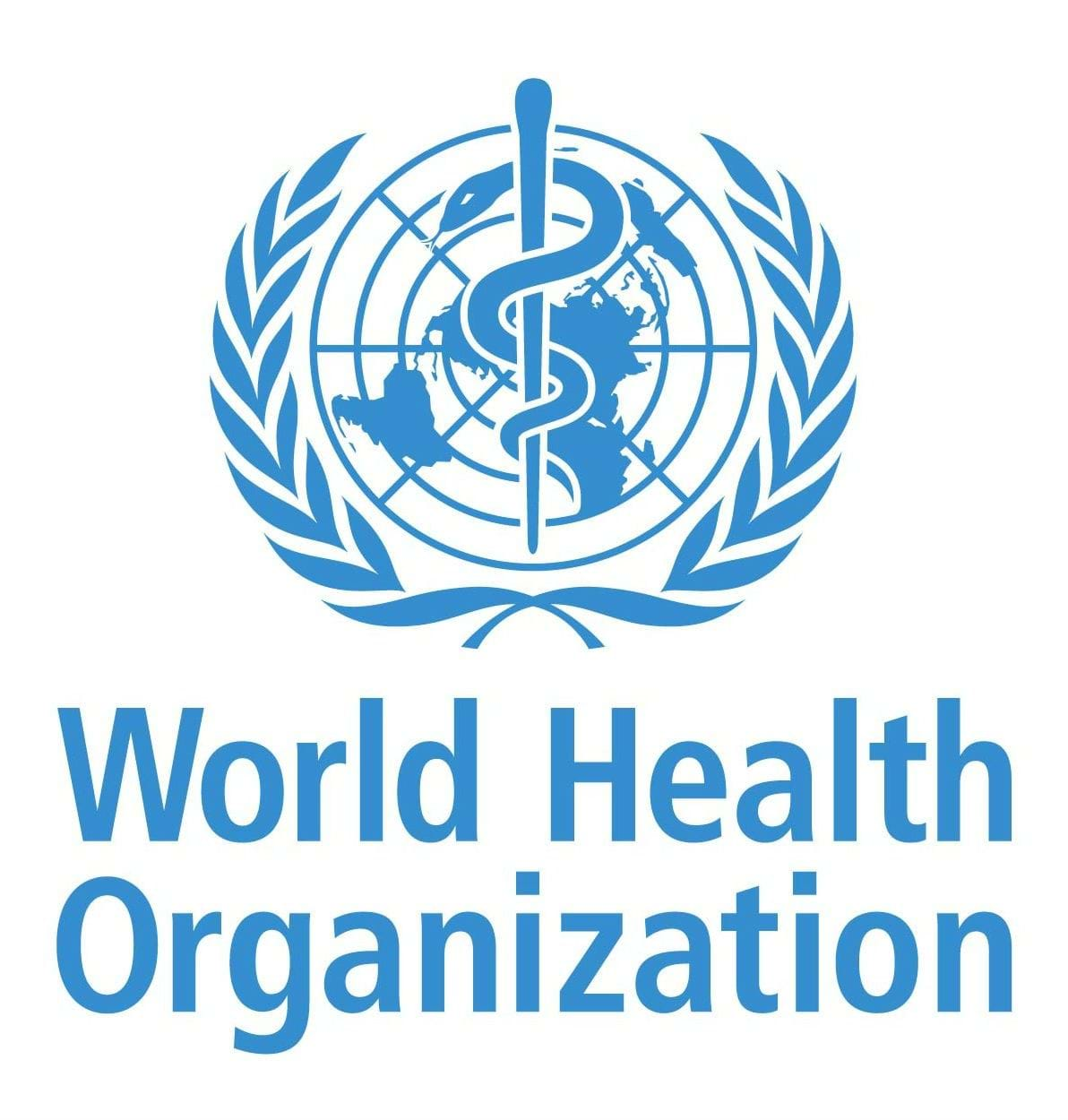By Rajat Khosla, Executive Director, PMNCH, and Helen Clark, PMNCH Board Chair and Former Prime Minister, New Zealand
The last few months have proven to be catastrophic for global health and development. Sector-wide funding cuts and a lack of alternative options, and a pushback on critical rights, threaten the gains made over recent decades. The devastating cycle of natural and man-made disasters only reminds us that vulnerable populations – especially women, children, and adolescents continue to be some of the most affected groups in the face of such crises and disasters. Yet, despite the urgency, glaring gaps persist in access to accurate information, essential health services, and fundamental rights.
There continue to be dire consequences of inadequate access to quality sexual and reproductive health services, particularly for women and girls. Maternal deaths remain unacceptably high. As per the latest WHO estimates, a maternal death occurred almost every 2 minutes in 2023, and every day in 2023, over 700 women died from preventable causes related to pregnancy and childbirth. WHO also estimates that globally, one in seven 10-19-year-olds experiences a mental health issue, accounting for 15% of the global burden of disease in this age group. Depression, anxiety, and behavioural disorders are among the leading causes of illness and disability among adolescents. Suicide is the third leading cause of death among 15–to 19-year-olds. According to UNICEF, globally in 2023, an estimated 13 per cent of adolescent girls and young women gave birth before age 18.
Global commitments such as the Sustainable Development Goals (SDGs) and Every Woman Every Child initiative have driven progress, yet we are not on track to meet our targets by 2030. Maternal mortality rates have stagnated in many regions, adolescent pregnancies continue to be alarmingly high, and emerging crises—from climate change to conflicts—exacerbate the vulnerabilities faced by women, children, and adolescents.
It is evident that business-as-usual approaches are insufficient. We need transformational change, built on the foundation of meaningful partnerships. The cost of inaction is too high – economically, socially, and morally. Between now and 2050, it is estimated that the world will lose over $110 trillion in potential benefits if we fail to invest in adolescent well-being alone.
Change must begin with three key shifts. First, we must, as has been said before, put women, children, and adolescents at the centre of policies and investments. We must prioritise and invest in health systems and interventions that are people-centred, inclusive, and resilient, particularly for those who have historically been left behind. This includes scaling up integrated SRHR services, mental health support, and nutrition interventions.
Second, we must ensure youth-driven and youth-co-owned solutions. Adolescents must not be seen as passive beneficiaries but as co-creators of the systems and services they use. When young people are empowered to lead—through youth-led accountability, advocacy, and research—we see smarter, more sustainable results.
Third, we must strengthen partnerships and accountability. Governments, civil society, the private sector, and multilateral actors must work together in true partnership, not just in words, but through shared action, resources, and decision-making. We must hold each other accountable for commitments made, especially those under frameworks like the Global Strategy for Women’s, Children’s and Adolescents’ Health and the SDGs.
India offers a powerful example of what’s possible. It has reduced maternal mortality from 130 per 100,000 live births in 2014-16 to 97 per 100,000 live births in 2018-20, and expanded access to care through landmark initiatives like Janani Suraksha Yojana and Pradhan Mantri Surakshit Matritva Abhiyan which promote institutional deliveries and access to skilled care. Child health has also seen marked progress through programs like Mission Indradhanush, expanding immunization coverage, and POSHAN Abhiyaan, addressing malnutrition at scale. For adolescents, the Rashtriya Kishor Swasthya Karyakram (RKSK) has created a strong platform for delivering age-appropriate health services, including mental health, nutrition, and sexual and reproductive health.
In a time when global solidarity is fraying, let us not turn away from those who need it most. Let us remember that the health and well-being of women, children, and adolescents are not secondary issues—they are the foundation for resilient, peaceful, and prosperous societies.
As the largest alliance for women, children, and adolescents, PMNCH is bringing together partners to focus on the need for urgent and swift implementation of the World Health Assembly Resolution on Maternal and Child Health, which calls for strengthened health systems, increased investments, and enhanced accountability. We are pushing for stronger systems, smarter investments, meaningful youth engagement, and a renewed commitment to rights-based approaches.
We have the tools. We have the evidence. Now, we must act - with urgency, with boldness, and in solidarity. A healthier, more equitable world isn’t a luxury—it’s a necessity, a must-have.
This Op-Ed was originally published on www.hindustantimes.com

.png?sfvrsn=6d0e27cd_1)



